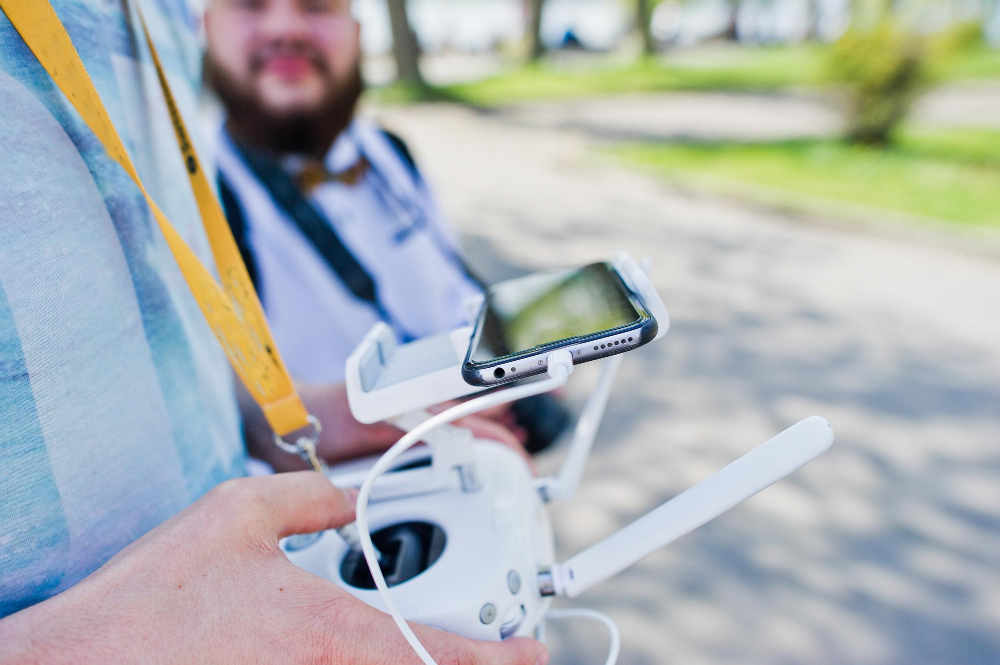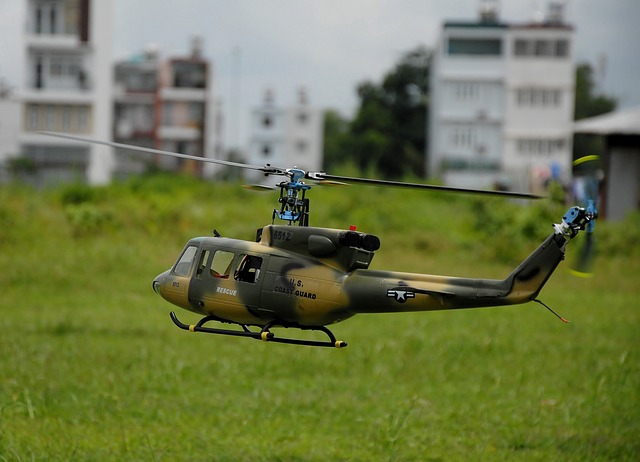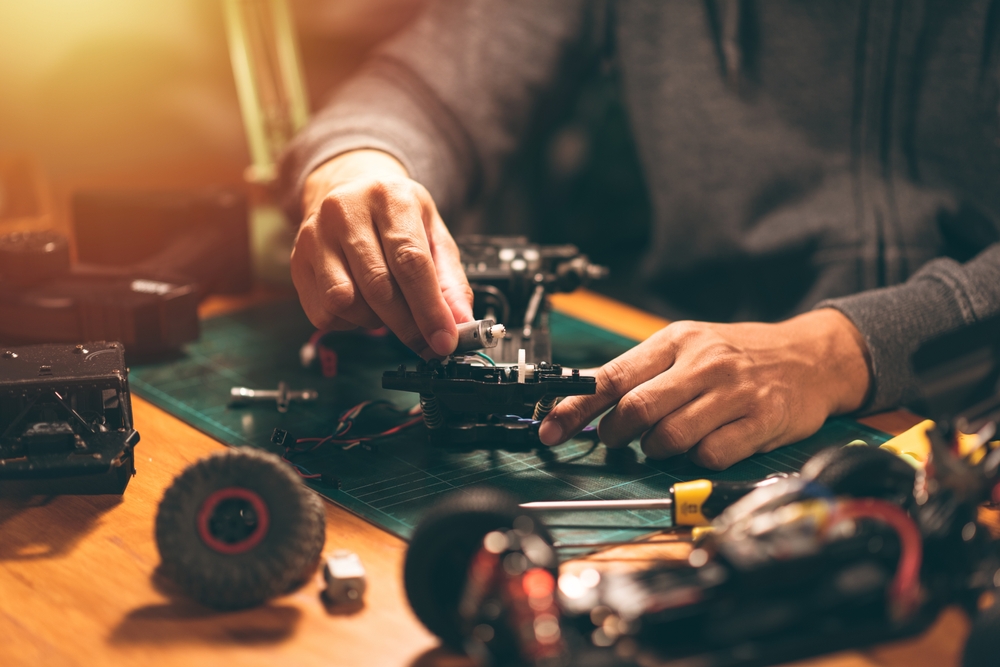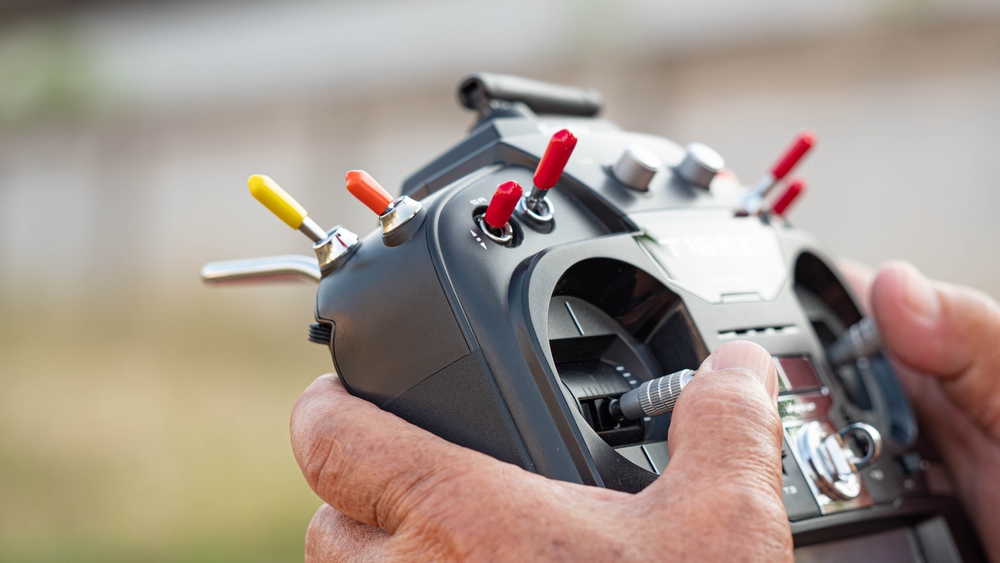Hey there, newbies! I am so honored and delighted to have you here with me today. It is a privilege for me to share my knowledge and experience with you. I aim to motivate you to develop a knack for flying RC helicopters and become as inspired as I was when I first started.
Maybe some of you already have experience in navigating RC machines on the ground. However, RC aircraft differ in various ways. While it might indeed take a little more time and practice, though, flying an RC helicopter is by far not rocket science.
This means that with the proper training and the use of a few expert tips and tricks, such as the ones below, you can become a master RC aircraft operator. I will try to be as concise as possible and yet provide comprehensive information. Keep reading and find out how to level up your RC helicopter flying skills in no time!
Also, please do not forget that you need to register all airborne RC machines that weigh above 0.55 pounds (250 gr) with the Federal Aviation Administration (FAA). This is essential for your safety and legal framework compliance.
Choose Your Starter Machine Wisely
There are hundreds if not thousands of RC aircraft models out there. Some of them are pretty affordable, too, especially if you are lucky enough to get them on sale.
However, I would suggest you start modestly. Remember what I highlighted a couple of paragraphs above? Namely, controlling flying machinery is not the same as navigating land-based toys. For my science nerds out there, put into mathematical terms, this means that your aircraft is moving along the z-axis, unlike other RC vehicles.
Therefore, RC copters have their specifics. Very often, until beginners manage to master them, crashes can occur. In other words, you might need to fix damages on costly models or even replace them altogether.
If you are like most people, you would probably like to avoid unnecessary expenditure. Therefore, I suggest you pick an inexpensive model for your first flying attempts. Still, it would be great if you could get the most for your money by purchasing an RC copter that is not entirely basic. That means it should be able to perform various maneuvers besides up-and-down movements and flying sideways.
I would suggest you go for an RC helicopter with two rotors on top. These machines are called “coaxial” and enable easier maintaining of a hovering position.
Learn How to Control Your Copter
To elaborate further on the point about how specific it is to control airborne machinery, I would like to stress the following: Every time your RC helicopter gets up in the air, you need to mind not only directional motion but also upward and downward movement.
To help you navigate, you have at your disposal four basic controls:
- Throttle: This is the control that allows you to move your helicopter up and down;
- Rudder: The function that helps you to rotate your machine left and right;
- Elevator: This control is for moving backward and forward;
- Aileron: It is used for strafing left and right in the air.
Watch That Tail
Talking about controls, it is essential to observe safety precautions. One of the most important safety tips is to always have the copter’s tail pointing toward you at the time of the take-off. If during take-off the tail starts straying, you need to realign it immediately to its proper position using the rudder. If you cannot manage to do so, you have to land the helicopter at once.
Now that you are familiar with the controls, I suggest you practice using a budget-friendly machine in a controlled environment.
Use Safety Gear and Choose the Appropriate Launching Ground
As a beginner, you will most probably encounter a few crashes. To avoid constant repairs and unnecessary spending, I suggest you use safety gear. If you are not sure what that is, let me explain: Safety gear helps stabilize your RC helicopter so that damage is minimized in cases of unexpected landing.
I’m afraid too many beginners are embarrassed to use training gear. However, staying on the safe side will significantly reduce the risk of broken propellers.
Proper take-off is another challenge beginners often face. That is why it is so important to choose the perfect launching surface if you want to experience a safe and flawless take-off. The rule is simple: Always use smooth, even surfaces like wooden or laminate floors. The take-off area needs to be clear of all obstacles that might impede the launching process.
The Art of Hovering
Hovering is the most basic RC helicopter operation technique. As such, it is the first you have to master after learning how to take off.
There is no need to worry, though. Hovering is pretty simple. All you need to do is launch the aircraft until it is about 40 inches high. Use the controls to make sure the tail is pointing towards you and try to sustain this position for as long as possible. Here is a useful video to help you with hovering:
Mind the Weather
I think this one is pretty obvious, but I am going to say it anyway. When you fly your RC helicopter outdoors, always make sure you do so in the appropriate weather conditions. Windy, rainy, or snowy weather is a definite no-go. Also, keep away from trees and power lines.




